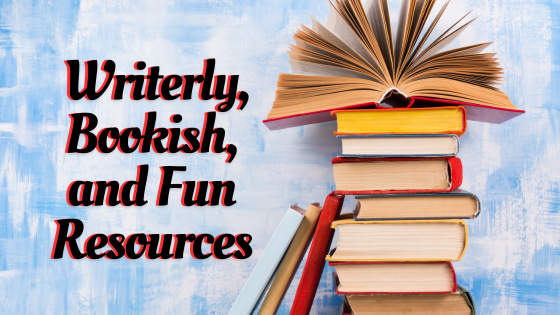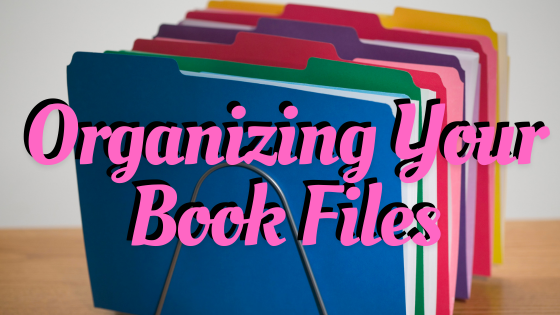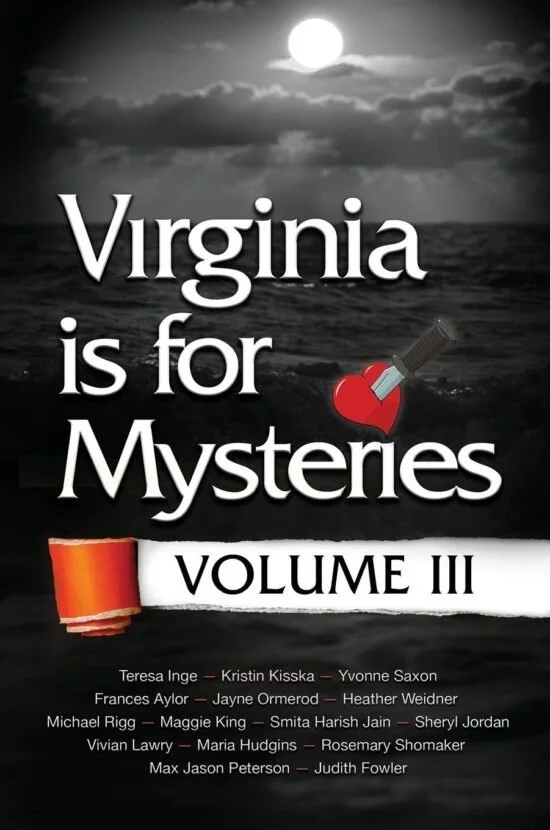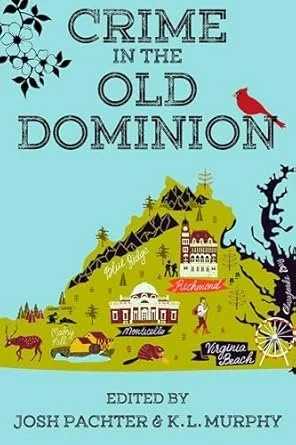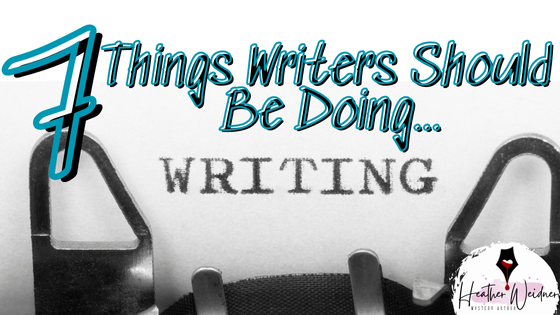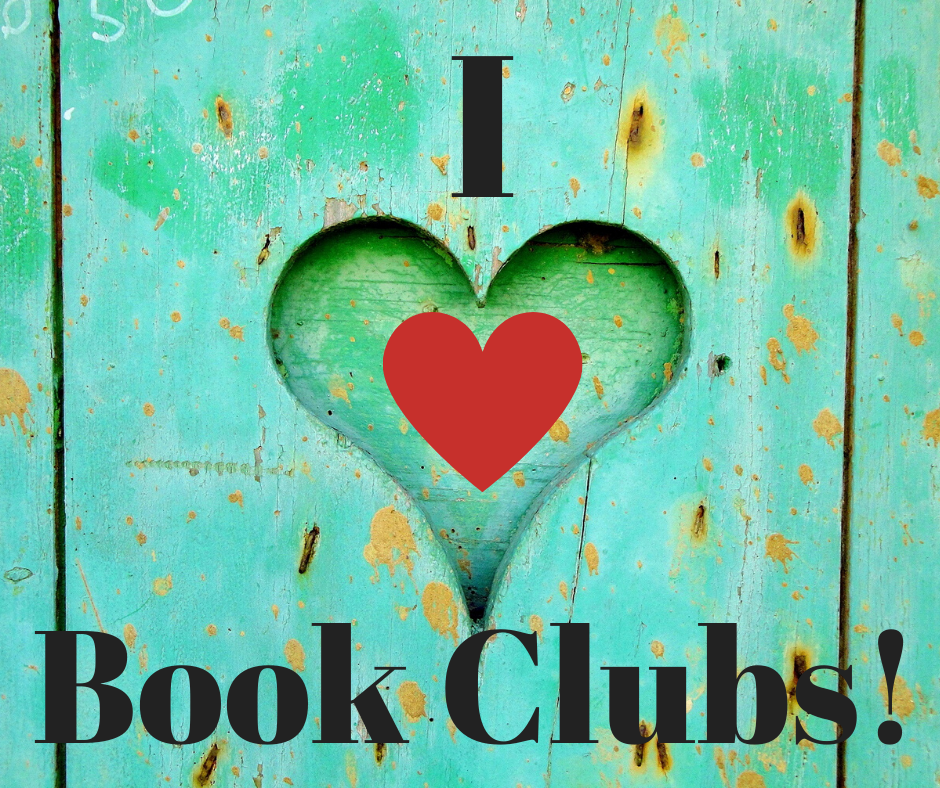Writerly, Bookish, and Fun Resources
/I subscribe to a lot of newsletters and podcasts, and I want to share some interesting ones with you. These are great for research and ideas.
Newsletters - I love keeping up with authors and what they’re writing, and bookish events. Here are a few that are worth checking out:
The Carousel of Chaos - This site documents the history of long-lost and older carnivals and amusement parks. It’s great for research and a nice trip down memory lane.
Podcasts
What are your favorite newsletters and podcasts?

